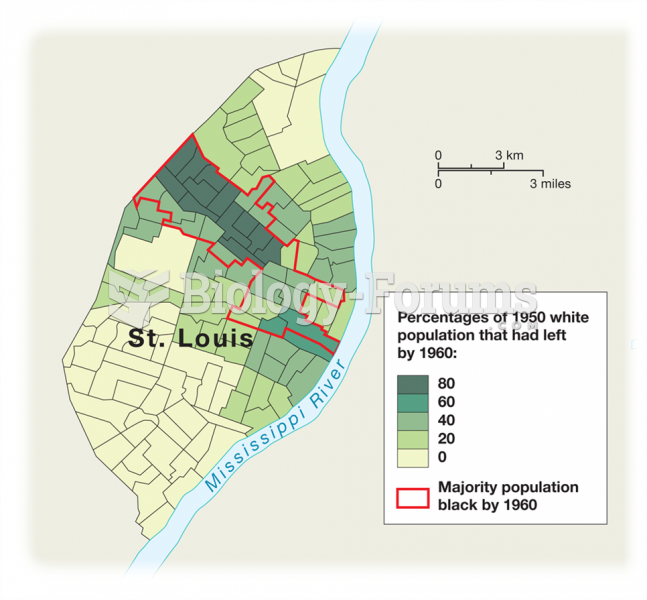Answer to Question 1
An ideal response will:
1, Explain the difference between racism and racial resentment. For example, racism may be freely stated and blunt, while racial resentment is less likely to be expressed openly, and involves more subtlety. Racism is the belief that racial minorities are inferior, while racial resentment criticizes racial minorities for not taking advantage of opportunities. While overt racism is no longer a large part of public discourse, racial resentment remains.
2, Describe arguments objecting to affirmative action. For instance, believing that discrimination against African Americans is not a big problem. Or that African Americans claim discrimination as an excuse for their failures.
3, Describe the counterargument that racial differences in affirmative action policies are driven by ideological predispositions about government. That is, whites in general are just as committed to equality, but are more conservative and want a smaller role for government.
4, Note that whites are much more supportive of affirmative action programs that actively recruit African-American applicants than they are of programs that give special preferences to African Americans in admissions decisions. They are also more supportive of programs that help people in poverty rather than African Americans alone.
6, Use all of this information to make an argument for what best explains racial differences in public opinion. Each student's specific argument will vary, but all should discuss public opinion and elements of American political culture such as individualism and equality.
Answer to Question 2
An ideal response will:
1, Define nonviolent direct action as various forms of nonviolent protest that involve breaking the law in a peaceful way in order to bring attention to the issue and, ultimately, policy changes that enhance civil rights.
2,. Discuss the Reverend Martin Luther King Jr., Rosa Parks, the Southern Christian Leadership Conference (SCLC), and/or the Student Nonviolent Coordinating Committee (SNCC) as champions for nonviolent direct action.
3,. Provide an example of direct action, and describe how it was used during the civil rights movement. The most common example would be sit-ins where protesters sat at segregated lunch counters and refused to leave. Other examples might include freedom rides and unlawful marches.
4, Evaluate the success of nonviolent direct action. An ideal response might note that direct action was successful because it built support for the civil rights movement in the North through compelling television coverage. This eventually led to passage of landmark civil rights legislation by Congress.
5, Evaluate whether those currently fighting for gay and lesbian rights could successfully advance their cause through engaging in nonviolent direct action. Answers will vary, but an ideal response could argue that direct action is one of the most effective ways to create media attention and, ultimately, sympathy from the public. Others may argue that nonviolent direct action would not work well for the gay rights movement because similar segregationist laws are not in effect for gays and lesbians.







